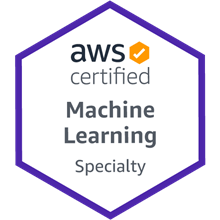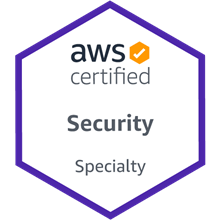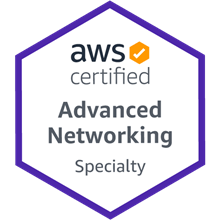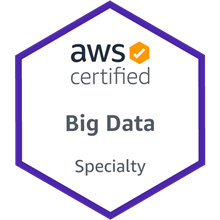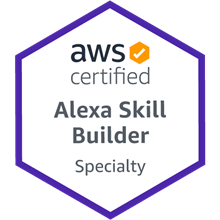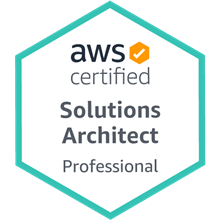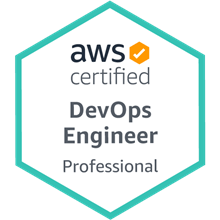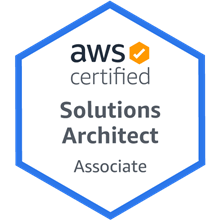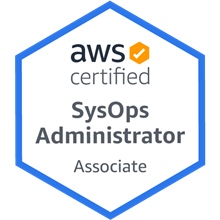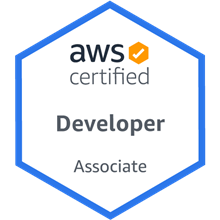Big Data
Unpacking my ‘go-to’ architecture for transforming data into actionable business intelligence.

This architecture reflects my current technical acumen and business philosophies:
- Customer is most important person in the room
- Do more with less
- Secure by design
- Learn & apply
- Follow the data
- Simplicity accelerates
I use it within my own projects — and as a baseline for related consulting work.
It’s an ideal — secure, performant and modular — platform for delivering:
- Product innovation
- Customer relationship analysis
- Project prioritization
Inspired — and perpetually evolving — from AWS reference architectures and business intelligence best-practices:
- Immediate availability
- Broad & deep capabilities
- Trusted & secure
And continuously validated against the AWS Well-Architected and NIST Cybersecurity frameworks.
Push-Button Deployment
Maintained in a library of CloudFormation templates and deployable on-demand — as individual modules or end-to-end.
Design Considerations
- Why not TerraForm? CloudFormation covers everything required in a universal format (
YAML/JSON), so there is no compelling reason to take on the added costs and complexity of a 3rd-party tool - Why AWS? In a word…ecosystem. The breadth and quality of services, coupled with their integration, provide the most compelling business case. And after working with nearly all of AWS’s services over the past 10+ years — and applying their published best practices and reference architectures — AWS has earned my trust…and my business. I’ve also used GCP and Azure quite a bit, but have always ended up back on AWS due to performance or architectural reasons.
The Bigger Picture
This architecture also fills a key role in a more comprehensive cloud strategy:
So let’s dive in…
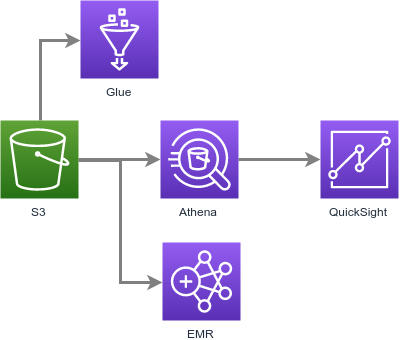
Core Components
Laying the groundwork for extracting useful insights from large volumes of data.
- Simple Storage Service (S3) — Primary storage of raw and processed data
- Glue — Transform data formatting
- Athena — Query data objects directly in S3
- EMR — Distributed processing of large volumes of data
- QuickSight — Visualization of data
- Virtual Private Cloud (VPC) — Network-level isolation of resources and traffic (including Security Groups, NACLs, NAT, Route Tables, etc.)
- CloudWatch — Collect and store logs
Processing high volume, variety and velocity of data.
Expansion Modules
With this solid foundation in place, we can easily enhance functionality using a number of different add-on modules:
- Data Warehouse
- Pattern Recognition
- Model Training
Let’s dive a little deeper into those modules…
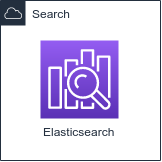
Elasticsearch Module
This add-on module provides a high volume search engine.
- Elasticsearch — Ingest and analyze in real time
- CloudWatch — Collect and store logs
Quickly and easily find details in data.
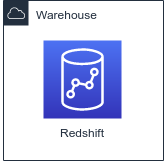
Warehouse Service
This add-on module enables a data warehouse platform.
- Redshift — Columnar data storage
Store and query large volumes of data for analytical workloads.
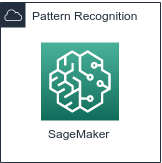
Pattern Recognition Service
This add-on module provides an exploratory machine learning platform.
- SageMaker — Machine learning workflow
- CloudWatch — Collect and store logs
Identify hidden patterns buried deep in data.
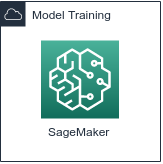
Model Training Service
This add-on module provides a machine learning model training pipeline.
- SageMaker — Machine learning workflow
- CloudWatch — Collect and store logs
Including algorithm selection and data cleaning.

